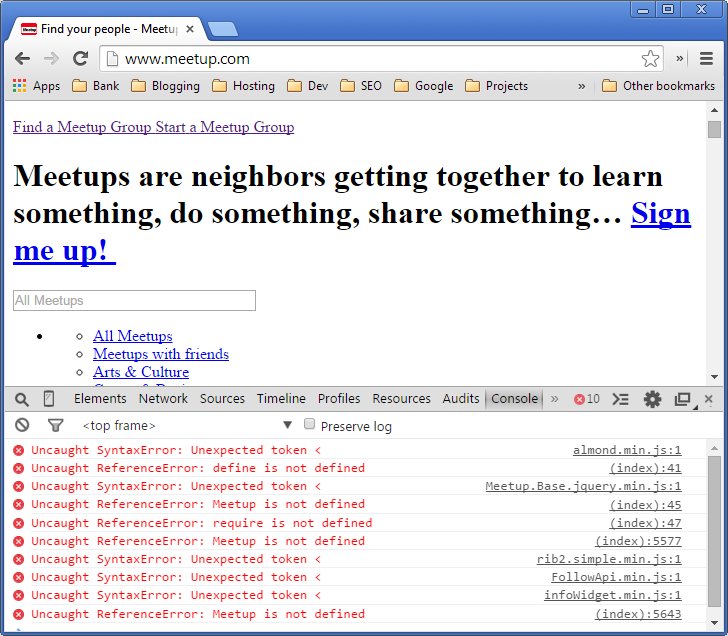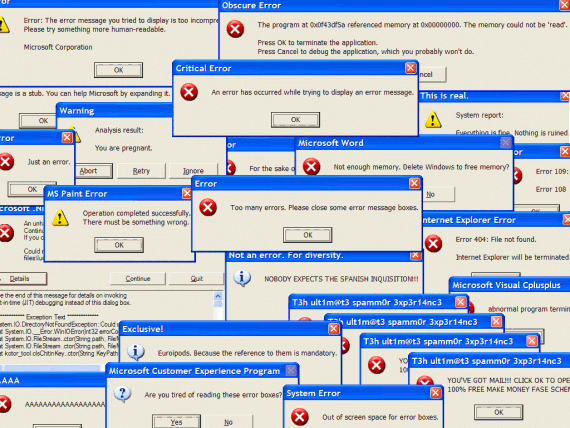
By definition, business owners looking for a new website lack the technical skills to look “under the hood” of what they get. They can grasp the concept of a content management system, they recognise the name WordPress, but for the most part, they look at their website as the public would look at it, move around a bit and give their lowest-bidding web developer the thumbs up to go live.
A couple of months later, a major WordPress update comes along, with a flurry of updates to plugins and themes that must be made compatible. Most, if not all, of these updates contain bug fixes and security patches, so it’s really important to apply them. If left untouched, the website will gradually become more and more exposed and the online business will be in too much danger of being hacked.
“No problem”, thinks the hapless site owner, “All I need to do is click that Update button and my site will do the rest automatically”.
Famous last words…
What sometimes happens next is that some of the updates break the site’s layout and disable important functions, like … OMG … the “add to cart” button! Yikes! Oh shit! What now!? Should we restore the site from a backup? How will we update it afterwards? What’s all this going to cost?
And if you’re thinking this is rare, think again. I was called to fix 2 situations like this just this week and found out in both cases that the original developers did not use the proper coding methods to build the sites’ themes. In both cases, I had quoted for building the site. In both cases, the client had decided to go with a lower bidder. In both cases, it cost them dearly, because instead of using sustainable coding practices, I had to spend a lot of time discovering how things were done (badly), undo them and then rewrite them properly.
Poor man pays twice
The strange thing is that WordPress and every plugin used come with good online documentation that can be used as reference. I guess that price cutting leaves no time for research and fine tuning, which leads to sites that hang by a thread when they go live and fall apart once a significant update comes along.
In one case, I had based my quotation on the need to upload a large number of products into the shopping cart and to organise them effectively with categories, tags, variations and attributes. What I discovered was that some products were set up in a way that prevented them from being purchased when stock levels reached 1, which applied to many products. Think about it: many of the products are right there on the site, everybody can view them, but nobody can buy them.
Business owners beware. Always opt for quality over price. As my friend Avi often says:
The sweetness of low prices is quickly replaced by the bitterness of low quality
“How would I know?” I hear you ask. Good question. I was just about to tell you.
When engaging a web developer, or any other professional help, ask questions about the long term:
How long have you been working with WordPress and the particular plugins proposed for your site?

Don’t risk working with inexperienced web developers, no matter how cheap
Is there a warranty period?
The only correct answer is “Yes, of course”
If so, how long is it and are warranty fixes free?
3 months should be good. See more below
Does the warranty include fixing things broken by updates?
Aim for “my code is update proof”, but just asking this question should prompt the developer to code better
Do you offer an ongoing (paid) maintenance service?
“Yes” means this person knows what happens during updates and your site should be ready for them. You may choose not to use that person’s service, but I strongly recommend using a professional service to maintain your site
Can you provide 1-2 references of clients with similar sites from at least 6 months ago (preferably longer)?
Be sure to check those references, too, and direct some questions at the site’s quality and long term operations
How often will the site need to be updates?
If the answer to this is anything longer than “at least every 3 months”, seek someone else
Have a relaxing day,
Gal



